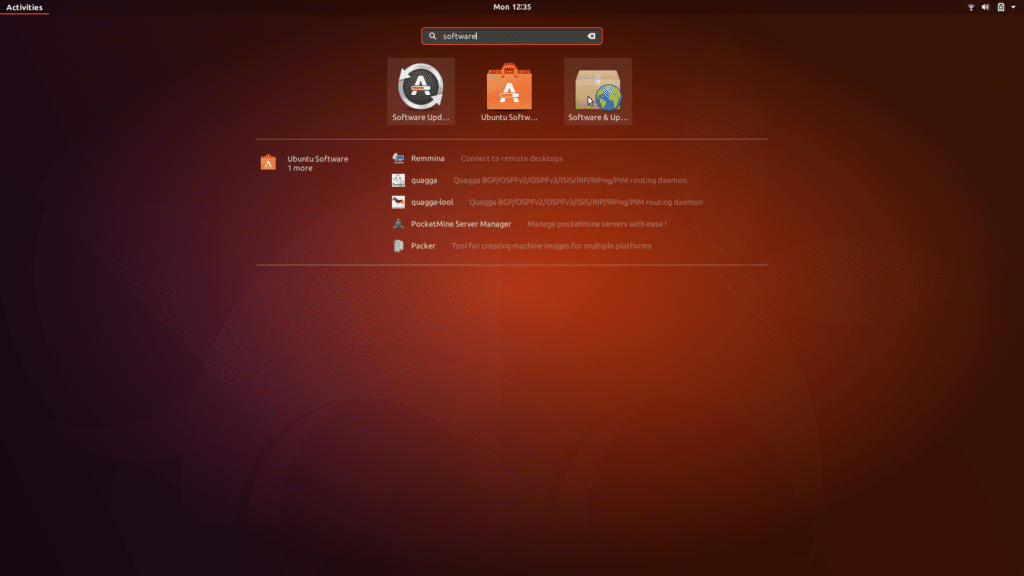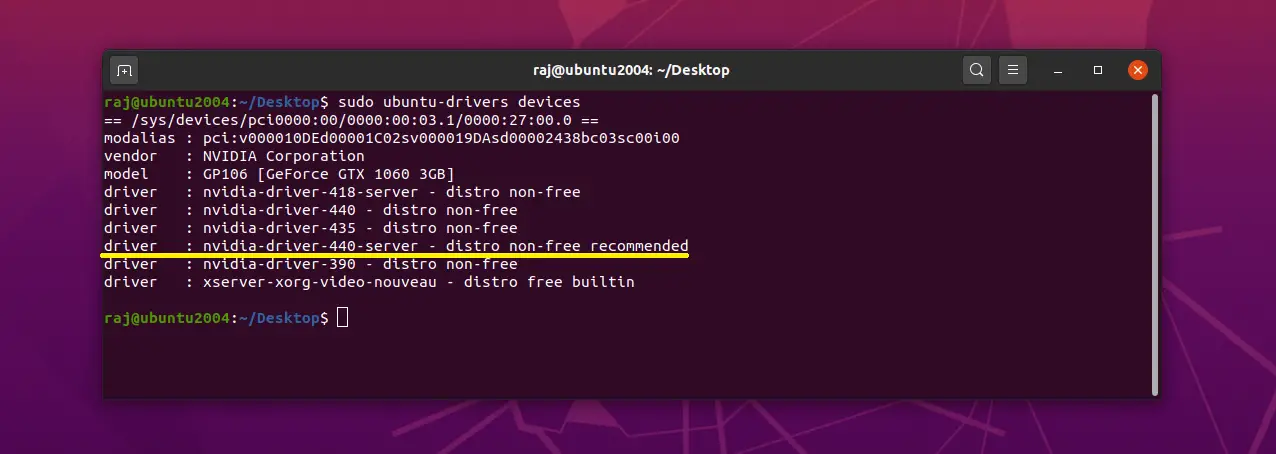

current-updates is a package that is drawn from NVIDIA’s releases, but is tested and packaged by Ubuntu. For drivers that have been tested and packaged by Ubuntu volunteers, you have two options: current and current-updates.Ĭurrent is what was well tested and shipped with the Ubuntu version you are using. I highly recommend staying away from the drivers on NVIDIA’s website. For example, to remove the above: $ sudo dkms remove nvidia-current-updates/304.64 -k 3.2.0-37-generic Here nvidia-current-updates is the module name, 304.64 is the module version and 3.2.0-37-generic is the kernel version.

The output is of this form: nvidia-current-updates, 304.64, 3.2.0-37-generic, x86_64: installed First list the kernel modules: $ dkms status You may still have some NVIDIA modules stuck in the kernel. Try with a newer version of driver that you can download. If you had installed a NVIDIA driver from their website, uninstall it using the shell script that it ships with. Purge, not just remove, all installed NVIDIA packages: $ sudo apt-get purge nvidia-* They should not just be uninstalled, but every shred of their prior existence must be eradicated. The first step is to remove any or all of the NVIDIA drivers installed on the computer. Below is the solution which works for me consistently.Īfter booting, if you are seeing a blank display then try pressing Ctrl+Alt+F1, this should give you a terminal login. There are tons of solutions for these problems online. Because, you never know if the install or update will screw up your setup leaving you with no Compiz or even worse, no X windows!


📅 2013-Feb-07 ⬩ ✍️ Ashwin Nanjappa ⬩ 🏷️ driver, nvidia, ubuntu ⬩ 📚 Archive How to fix NVIDIA driver failure on Ubuntu


 0 kommentar(er)
0 kommentar(er)
